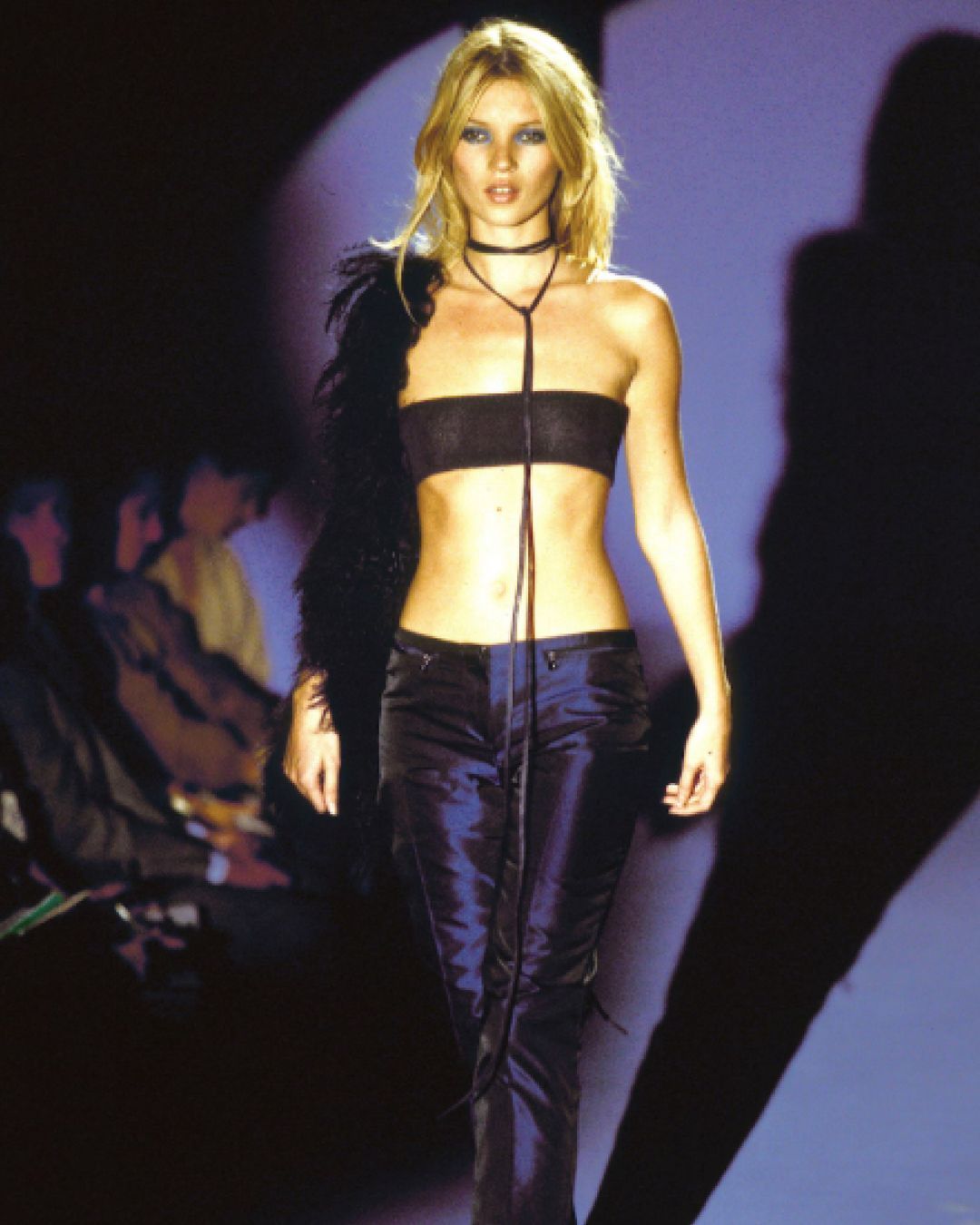
Brandalism: fashion & vandalism Guerrilla art, trend fashion and social irony
Revisiting the heritage, with irony, lightness, but without ever giving up on coolness. It is a new era for Burberry that, under the artistic direction of Riccardo Tisci, is opening the company up to the contemporary, the street, the millennials, reworking and reviving, with the help of Peter Saville, its sacred symbols. Like the iconic logo that becomes a red and honey white pattern with intertwined T and B, initials of Thomas Burberry, the founder of the brand, or the classic checkered pattern that in backpacks, belts, shirts, and outerwear from the FW18 collection, is revitalized from an engaging writer-style graphic. Experimentation. Contamination. Rebellion. Fashion is also this, a continuous exchange between art, society, politics, life, a mixture of ingredients that each brand mixes ad hoc to reach ever greater slices of the market. Nothing is more sacred, untouchable, and thus even the luxury giants with their static codes can be subverted, strongly influenced, according to the London professor Jonathan Wilson, from an idea of authenticity linked to the cultural phenomenon hip-hop, which is based on keeping things true, current, arrogant, socially critical, competitive, anchoring the "institutional" culture to the road. So, for example, Gucci turns into "Guccy" for the SS18, the vandalized shop window of the New York boutique of Tiffany is the protagonist of the SS18 or paparazzi style from Balenciaga and Yeezy is a candidate for the year's advertising campaigns.
It is "Brandalism" (brand + vandalism) a dominant philosophy today, which, declined by different subjects, also acquires different shades. The vibrations are more aesthetic-commercial, as evident in the trend that combines streetwear and high fashion, if playing with brand important is a designer, who become smore critical and radical in the vision of an artist, while taking an ironic twist and light-hearted approach in the profiles of social media stars. The roots of "Brandalism", where in fact, born in 2012 and reach the height of notoriety in 2015 when, inspired by the Guerrilla art of the 20th century, in Paris, during Cop21, more than 600 poster-based works by 80 international artists invaded the city as an attempt to re-appropriate the space used in the streets for advertising. Great anti-advertising campaigns in the history of the world, a movement supported by Banksy, always allergic to the total impunity of brands and advertisers and in favor of reorganizing and re-using any announcement that is imposed on us in public space. Like him, artists such as Ron English, Kaws, Poster Boy and Princess Hijab modify the existing advertising to shift its context and meaning and find an echo of "Brandalism" in the "Liquidated Logos" by Zevs, in the sculptures of Tom Sachs as "Chanel Chain Saw" or "Prada Happy Meal"and many others.
In the age of social media, art, vandalism, marketing, fashion, and protest are becoming more and more of a hybrid, imbued with unpublished lightness and irony. It is the secret of successful profiles like @siduations (78k followers), a space created by the former publicist Sidney Prawatyotin that transposes high-fashion runway and editorial shots into everyday scenarios, or like @hey_reilly, an account in which the Scottish artist and art director mixes different logos with each other, creating new ones with a pop twist and that has just reinterpreted the double "F" by Fendi for FW18, obtaining even more visibility and success. Is this the definitive future of "Brandalism"? The only thing certain is, as Wilson points out, that "Brands have to be their own worst critics, iterative, edgy, fresh, provocative and ready to show their swagger through taking the stage with all comers”.































































